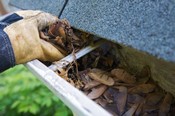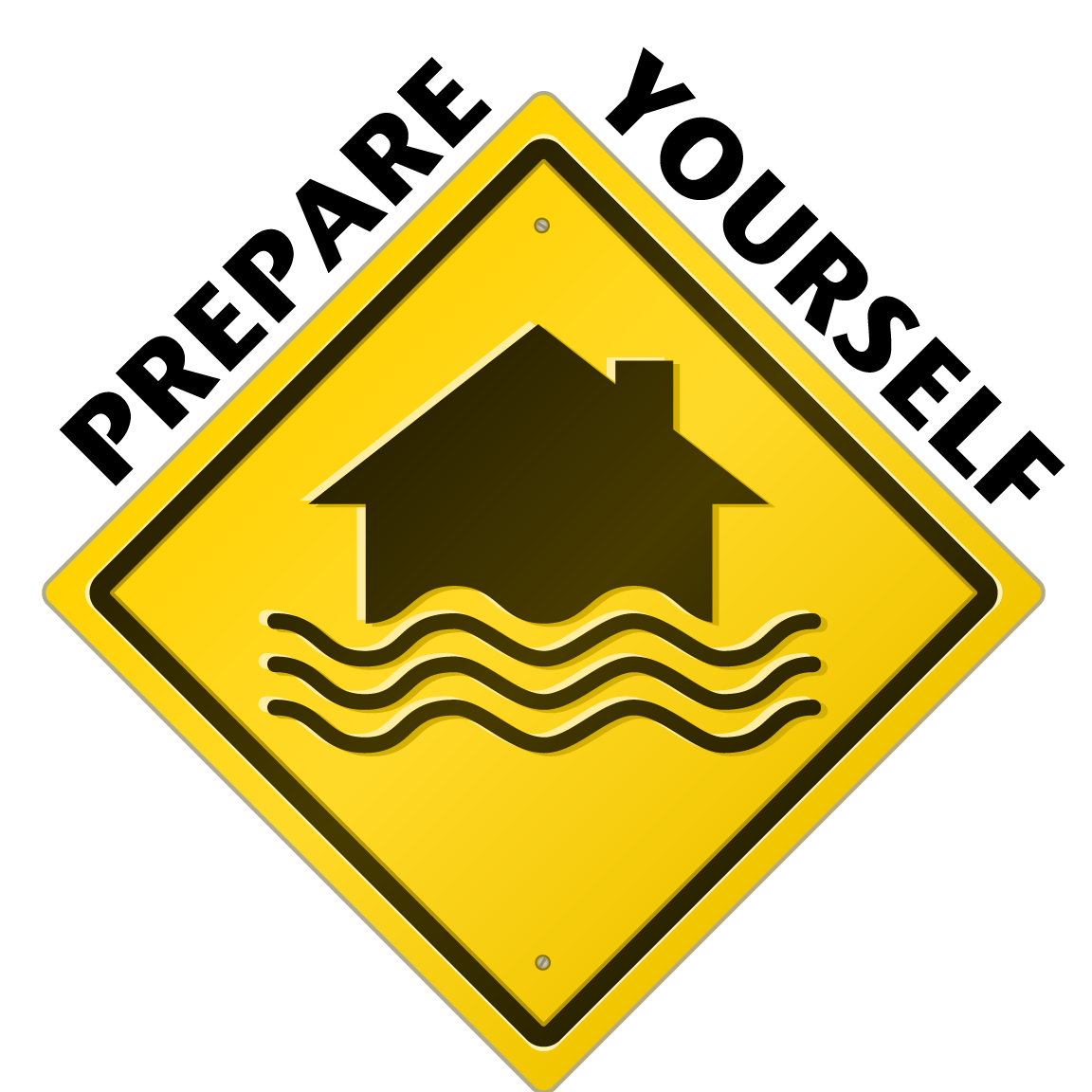Preparedness

Tips to Reduce Flooding
- Check and test your sump pump according to the manufacturer instructions.
- Check your window wells.
- Move snow away from buildings.
Maintain Gutters and Downspouts
- Clean the gutters and drainage downspouts.
- Direct flows from downspouts away from your foundation.
Assess Your Yard
- Water is a common cause of unstable slopes, mudslides and erosion. Check your property for signs of earth movement, such as leaning trees, or cracks in the soil or sidewalks. If you have a problem, contact an engineer to evaluate the situation.
- Culverts: Monitor to ensure they are open and remove any debris.
Spring Thaw
Warmer temperatures and resulting snow melt can produce large amounts of runoff in a short period of time, as each cubic foot of compacted snow contains gallons of water. During the early spring, frozen land prevents melting snow or rainfall from seeping into the ground. The water then runs off the surface and flows into lakes, streams, and rivers, causing excess water to spill over their banks. Add seasonal storms to the mix, and the result is often severe spring flooding.
Heavy Rains
Several areas of the country are at heightened risk for flooding due to heavy rains. This excessive amount of rainfall can happen throughout the year, putting your property at risk.
Storms over the Pacific Ocean bring heavy rains to the western United States between the months of November and April. Cresting rivers, backed-up storm drains or saturated ground can cause significant floods across the region during this time.

Around the House
- Build an emergency kit.
- Plan an evacuation route from home, work, and school that is on higher ground.
- Conduct a thorough home inventory and document your items.
- Elevate the furnace, water heater, and electric panel in your home if you live in a high flood risk area.
- Consider installing "check valves" to prevent flood water from backing up into the drains of your home.
- If feasible, construct barriers to stop floodwater from entering the building and seal walls in basements with waterproofing compounds.
- In the event your community is evacuated, identify a location to stay such as with a friend or relative. Planning this beforehand will help reduce stress.
- Visit Ready.gov for useful tips for preparing yourself, your home, and your family for a flood.
Travel During a Flood
Many drivers overestimate their ability to navigate flooded roads, putting too much stock in their "heavy" vehicles. In reality, most motorists lose control of their vehicles, including SUVs, in just six inches of water, while 18-24 inches of moving water will force a vehicle off the road. The menace is buoyant force. When the buoyant force is greater than the vehicle's weight, the vehicle will move with the moving water. Besides the buoyant force, erosion is another significant concern. Moving water is very powerful and can undermine the integrity of a road. A motorist will be unaware he is driving into a scoured out section of the road.
Contact Us
Burleigh County Emergency Management
4200 Coleman St
Bismarck, ND 58503
Phone: (701) 222-6727
E-mail
![[Burleigh County Logo]](/media/bfdhg25j/burleigh-county-logo-w-writing.jpg)


